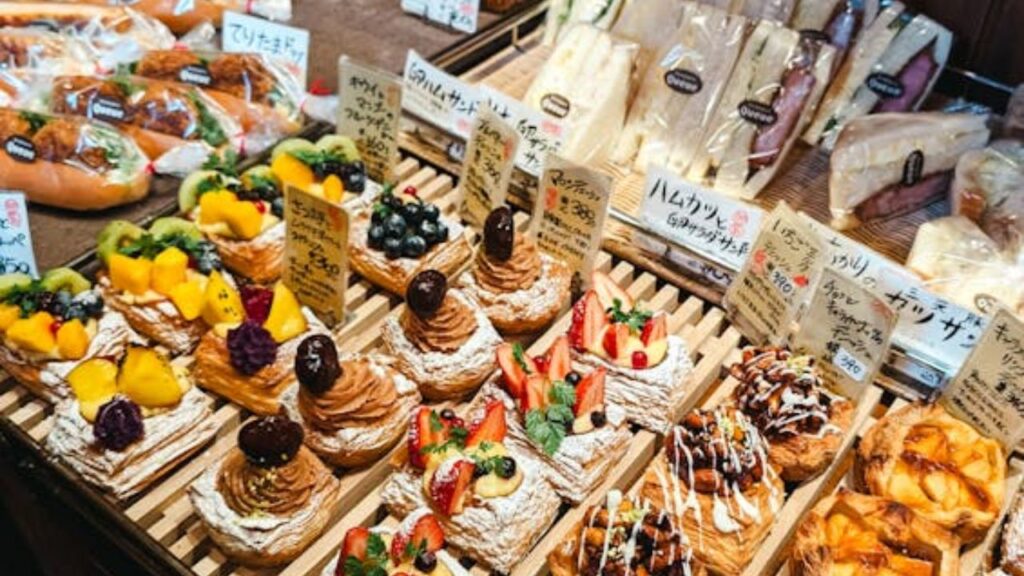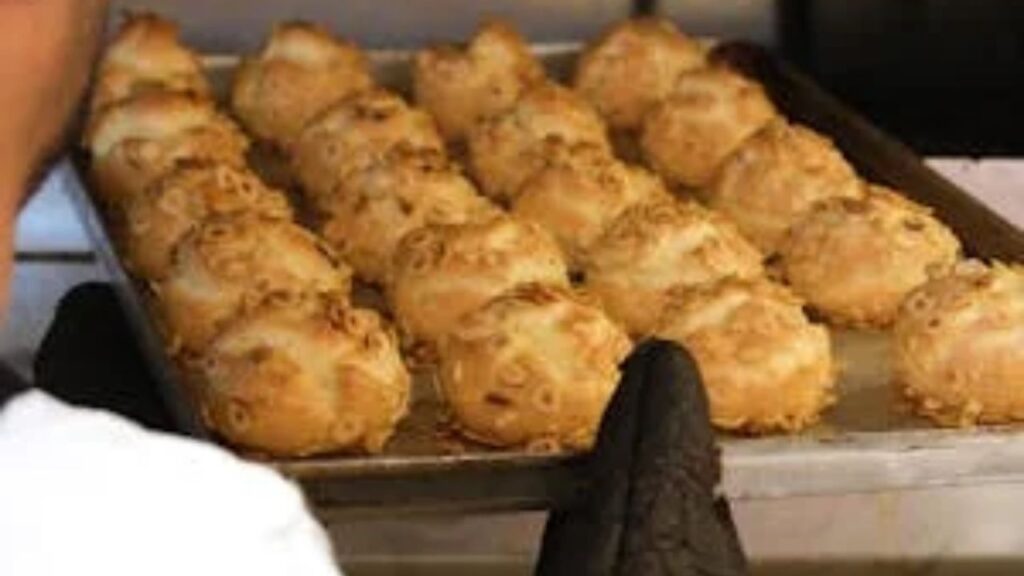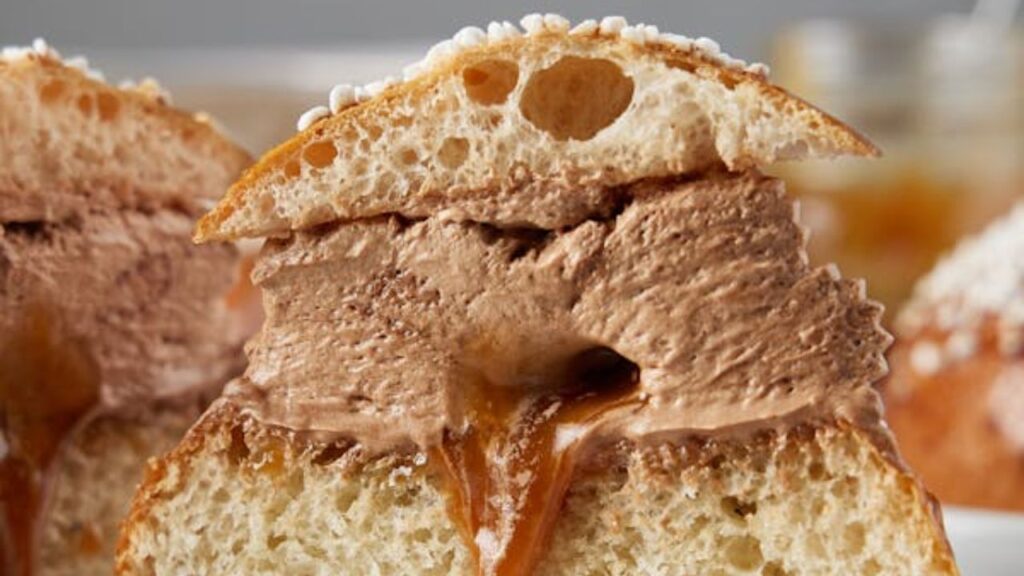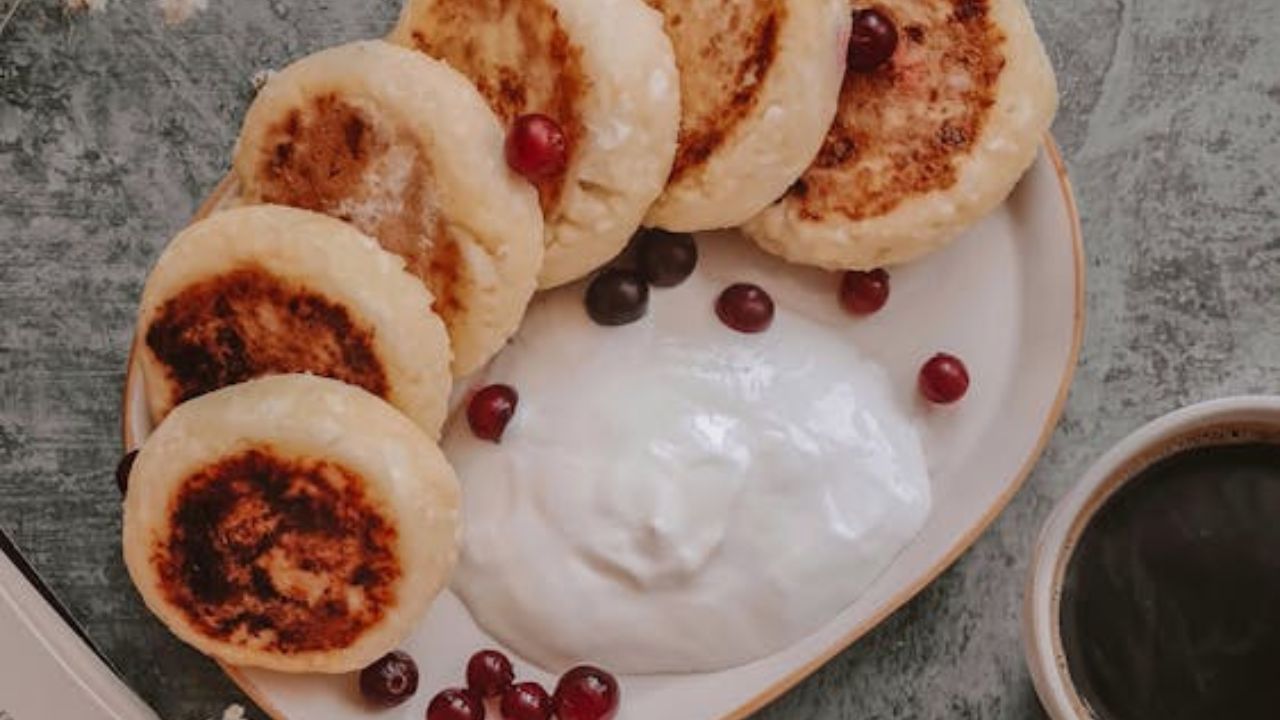Rising recipes are a fun subset of cooking that center on meals using leavening agents that expand and get fluffy. Simple ingredients—bread, pastries, cakes, even certain savory dishes—can be light and airy creations thanks to these recipes. Anyone may master these dishes and wow friends and relatives with the correct methods and knowledge of how newly appointed agents operate. We will discuss several rising recipes, their components, and techniques for obtaining the ideal rise every time on this page.

What are Rising Recipes?
Rising recipes are those for meals with a light, fluffy texture attained by leavening agents—that might be yeast, baking powder, or baking soda. As these components create gas bubbles within the batter or dough, that grows and rises. Among typical examples are muffins, breakfast pancakes, bread, as well as cakes. The greatest outcomes from these recipes depend on an awareness of the science underlying them. Learning the foundations of rising recipes can help you improve your cooking and baking techniques, thereby producing mouthwatering results guaranteed to satisfy your taste receptors.
The Role of Yeast in Rising Recipes
Particularly in baking, yeast is alive entity that is absolutely essential in many developing recipes. Yeast starts to ferment in warm water and sugar, generating carbon dioxide gas. The bread rises from this gas being caught in it. Additionally adding to the bread’s flavor is fermentation, which produces a beautifully complex taste. Each of the several forms of yeast—active dry yeast and quick yeast—have particular use. Making wonderfully risen bread depends on knowing how to correctly activate and include yeast into your recipes.
Baking Powder and Baking Soda: Quick Rising Agents
For those who choose quicker methods, baking powder along with baking soda have excellent leavening agents with a quick rise. An acid and a base included in baking powder combine with moisture and heat to create carbon dioxide. Conversely, baking soda requires an acidic ingredient—such as yogurt or vinegar—to get going. Pancakes, muffins, and cakes all usually call for both agents. Making excellent use of these leavening agents will help you to produce consistency in your baking endeavors.
Classic Rising Recipes: Bread
Bread is among the most sought-after newly developed dishes. From airy white bread to rough sourdough, there are innumerable types. Usually, the simple components are flour, water, yeast, and salt. Great bread is mostly dependent on correct dough kneading, which forms gluten and gives a robust structure to retain the created gasses by yeast. A wonderfully airy loaf comes from the dough formed once it has risen and let to rise once more before baking. Whether your degree of bread-making experience is modest or high, gaining this ability will create many possibilities in the kitchen.

Fluffy Pancakes: A Breakfast Favorite
Rising recipes go beyond bread; another great choice are fluffy pancakes. Light and fluffy pancakes are secret from perfect balance of components. Typically one adds eggs, butter, milk, general-purpose flour, baking soda, and a bit of sugar. The secret is to whisk the components gently, being careful to avoid an overmix—which would produce thick pancakes. Furthermore improving the fluffiness is letting the batter rest for a few minutes before frying. Many people choose pancakes as their breakfast as they are flexible and may be topped with fruits, syrups, or whipped cream.
Light and Airy Cakes
Rising dishes usually call for cakes, which range in kind from sponge to layer cakes. Achieving the proper rise and texture depends on the way air is included into the batter. A fine crumb can be produced by creaming butter and sugar together until light and fluffy or by whirling egg whites separately then folding them in. Though every cake recipe calls for different ingredients, the end result is still a light, airy cake that looks great and tastes great. Changing flavors and fillings can help cake baking to be an interesting journey.
Muffins: The Perfect Snack
Another often used rising recipe with a wonderful combination of textures and tastes are muffins. Sweet and savory, perfect for a dinner or as an after-dinner snack. Muffins rise wonderfully only if the batter is not overmixed, as this will result in tough muffins. Mix only until the dry components are blended instead. Muffins are a flexible choice in any baking repertory as adding fruits, nuts, or chocolate chips produces distinctive variants. You can make great, sure to satisfy muffins with a few basic ingredients.
Savory Rising Recipes: Soufflés and Quiches
Rising recipes are not limited to sweet cuisine; savory choices such as soufflés and quiches highlight the adaptability of leavening agents in several settings. Made with egg yolks and beaten egg whites—which give the lift and airy texture—a soufflé is a light, fluffy dish. Conversely, quiches have a pastry crust using eggs and cream, and the contents rise very little in baking. Although both meals call for careful cooking and attention to detail, they pay off with really remarkable results ideal for breakfast or supper gatherings.

Tips for Perfecting Your Rising Recipes
A few basic ideas may make a big impact on guaranteeing success with new recipes. First of all, always measure your components precisely as even little changes could affect the outcome. For dry goods, apply the spoon-and- level approach; for liquids, use a liquid measuring cup. Also consider temperature; for recipes reliant on yeast, make sure your liquids are warm but not very hot, which might kill the yeast. Finally, exercise patience; letting dough rise sufficiently can produce a superior texture in your finished work. These ideas will help you to be on your road to becoming proficient in developing recipes.
Common Mistakes to Avoid
Rising recipes call for faults that expert bakers can make. One often occurring mistake is not giving the dough or batter enough time to rise, which would produce dense results. Not utilizing fresh leavening chemicals is another error; outcomes may be poor with old yeast or baking powder. Moreover harmful is over-mixing batter, particularly in recipes calling for air inclusion. Knowing these typical mistakes will help you avoid them and maximize your chances of success with developing recipes and enjoy the wonderful outcomes.
Creative Variations on Classic Rising Recipes
Rising dishes provide countless chances for imagination. Use flours this as whole grain or almond flour to create unique flavors and textures. herbicides, herbs, and lime zest will improve the taste of your baked goods. There are also gluten-free rising recipes using other flours and leavening techniques accessible for persons with dietary limitations. Using imagination in your cooking will provide interesting new meals that honor your own tastes and preferences.
Seasonal Rising Recipes
Seasonal foods may motivate a great variety of new dishes honoring the tastes of every season. While fall might inspire pumpkin bread or spiced cakes, in the spring you might utilize fresh berries in pancakes or muffins. Including seasonal vegetables not only improves the taste but also gives your meals a vivid appearance. Changing your rising recipes to call for seasonal foods will help you to keep your meals interesting and fresh all year long.

The Joy of Baking with Family
One great approach to spend time with friends and relatives is via cooking. Including loved ones in the preparation helps to build lifelong memories and lets everyone help to produce the dinner. It’s a great and instructive experience for children to assist measure, mix, or decorate completed goods. Sharing the delight of baking helps to create closeness and may produce tasty food everyone can enjoy. Whether it’s a family custom or a fresh experience, baking together may be a fulfilling means of connection.
Difference Table
| Feature | Bread | Pancakes | Muffins | Cakes |
|---|---|---|---|---|
| Main Leavening Agent | Yeast | Baking powder | Baking powder | Whipped egg whites |
| Texture | Chewy, airy | Fluffy, soft | Tender, slightly crumbly | Light, airy |
| Preparation Time | Longer (includes rising time) | Quick (no rising time needed) | Quick (minimal prep) | Moderate (requires care) |
| Typical Ingredients | Water, wheat flour, yeast, salinity | Water, wheat flour, yeast, salinity | Flour, milk, eggs, sugar | Eggs, cream, cheese |
| Cooking Method | Baked in an oven | Cooked on a griddle | Baked in an oven | Baked in an oven |
| Serving Suggestions | Sandwiches, toasts | Breakfast with syrup | Snacks or breakfast | Main dishes or appetizers |
| Common Variations | Sourdough, whole wheat | Buttermilk, blueberry | Savory, sweet | Cheese, vegetable |
Conclusion
One fun approach to learn about baking and cooking is through rising recipes. There is something for everyone to enjoy from bread to cakes and savory meals among the several possibilities. Understanding the science underlying leavening agents and honing fundamental skills can help you produce exquisitely risen food that appeals and satisfies. Accept the craft of rising meals and permit your imagination to blossom in the kitchen. Every mouthwatering result will boost your confidence and delight your taste adventure.
FAQ’s
1. What are rising recipes?
Rising recipes are dishes produced by leavening substances such as yeast, fine sugar, or soda from baking, therefore providing a light, fluffy texture. Common ones are cakes, loaf, pancakes, baked products.
2. How does yeast work in rising recipes?
As mold eats down sugar in the combination, the greenhouse gas forms. This gas absorbs in the dough and makes it rise while leaving a light texture even if it adds taste.
3. What’s the difference between baking powder and baking soda?
Mixed with water and temperature, baking powder generates carbon dioxide since it mixes an acid or a base together. Many recipes ask for over-baking soda since it needs an acidic component to activate.
4. How can I prevent dense pancakes?
Carefully combine the mixture; avoid over mixing to prevent thick pancakes. Let the mixture rest for a few moments before frying to improve its rise.
5. Can I make rising recipes gluten-free?
Surely! Use gluten-free flours—like almond or coconut flour—along with appropriate leavening substances to create excellent gluten-free rising techniques. Just be sure everything else is free of gluten as well.
